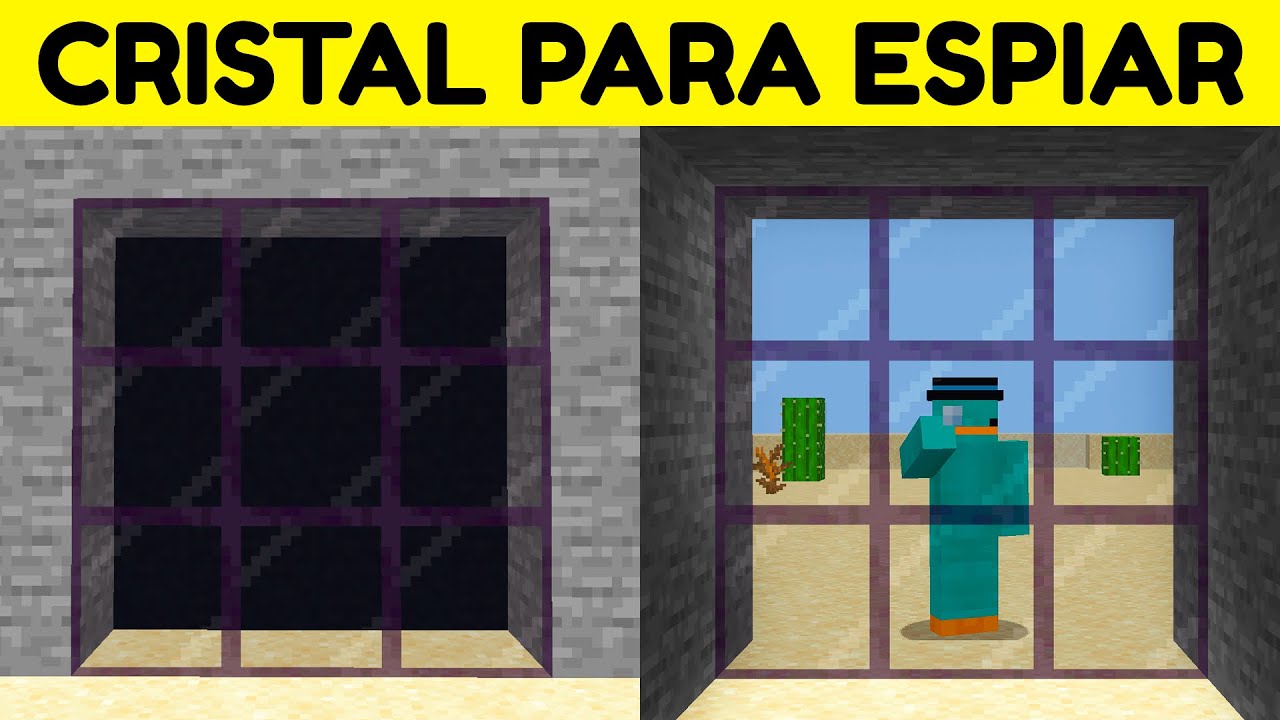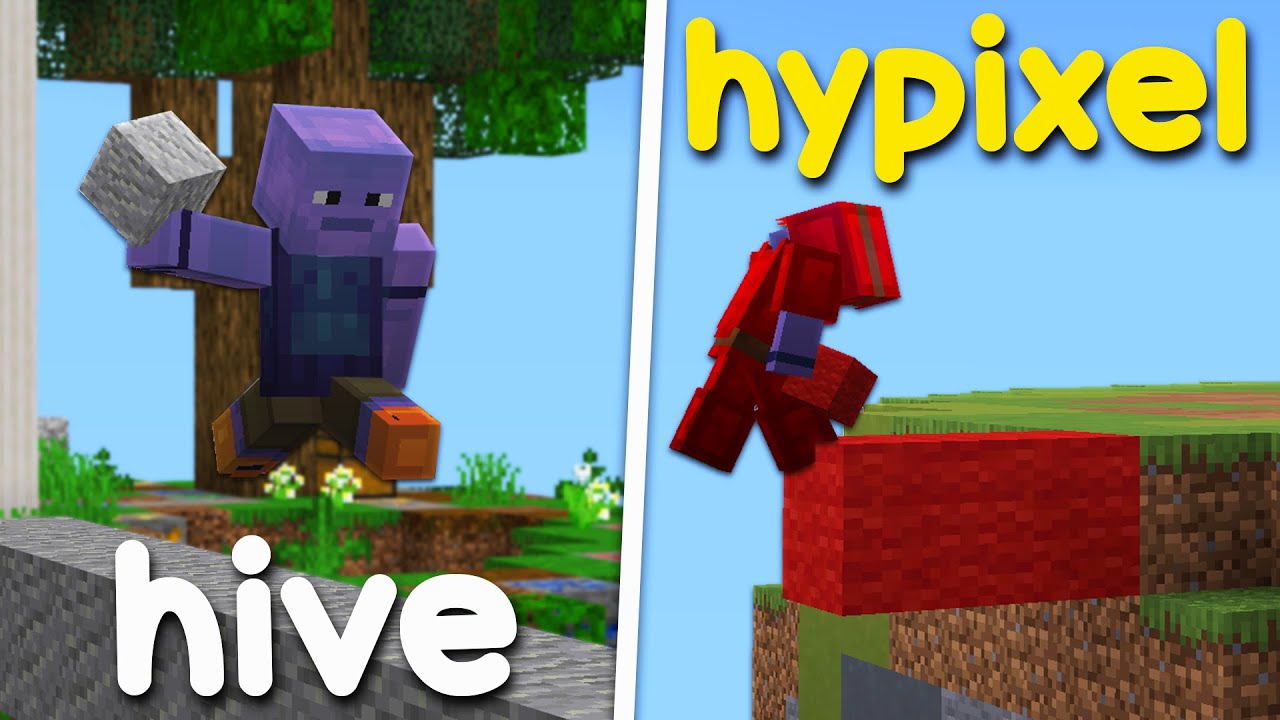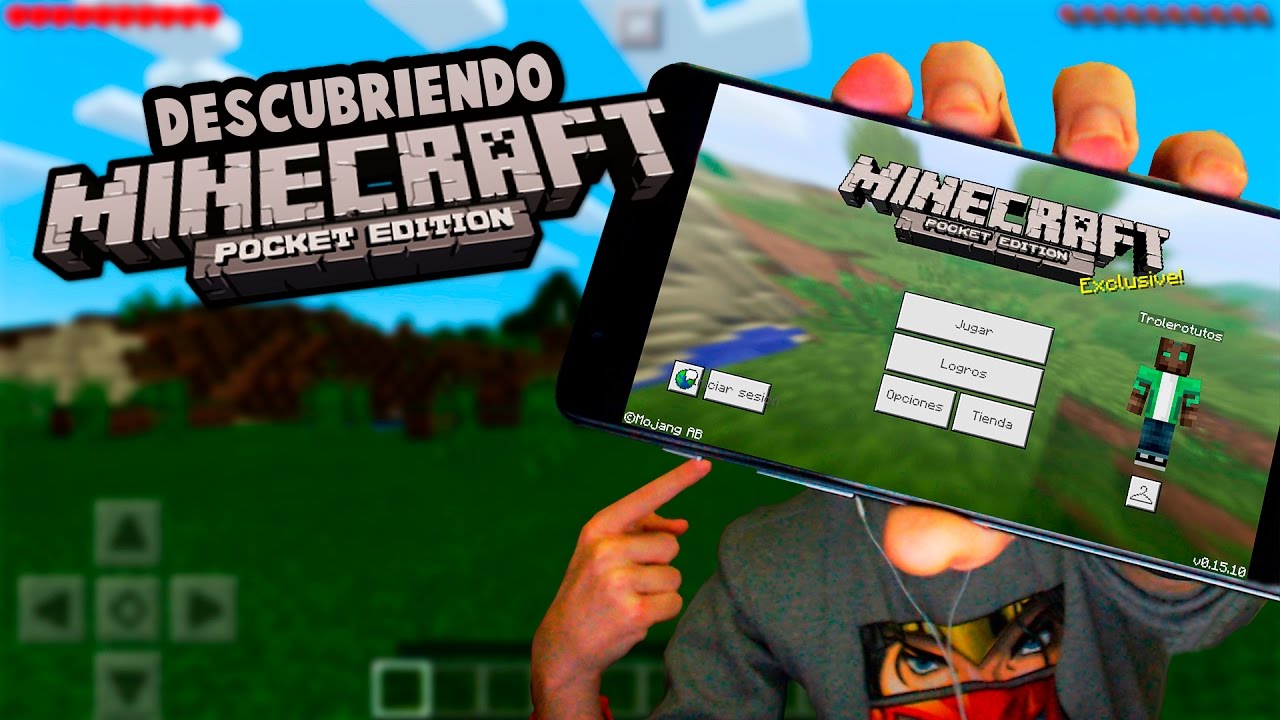1. Understanding the Benefits of Minecraft in Education
Minecraft in education offers a diverse range of benefits that enhance learning outcomes and engage students in unique, interactive experiences. By leveraging the game’s flexibility and creativity, educators can effectively teach various subjects and skills in a captivating manner. With its open-world environment, Minecraft promotes problem-solving, critical thinking, and collaboration among students, fostering a dynamic learning environment.
One significant advantage of using Minecraft in education is its ability to create immersive learning experiences. Students can explore historical landmarks, simulate scientific experiments, and even build complex structures, thereby gaining a deeper understanding of the subjects they are studying. This hands-on approach to learning not only strengthens their academic knowledge but also cultivates creativity and innovation.
Furthermore, Minecraft facilitates personalized learning, allowing students to progress at their own pace and explore topics of interest in a self-directed manner. This freedom empowers learners to take ownership of their education, promoting motivation and autonomy. Additionally, the game’s multiplayer capabilities encourage teamwork and communication, leading to the development of valuable social and emotional skills.
Incorporating Minecraft into the educational curriculum presents a valuable opportunity to engage students in a way that traditional methods often struggle to achieve. Its adaptability and potential to spark curiosity and enthusiasm make it a powerful tool for educators looking to enrich their teaching practices and inspire a love for learning.
2. Practical Tips for Implementing Minecraft in the Classroom
Implementing Minecraft in the classroom can be an exciting and innovative way to engage students in learning. By incorporating this popular game into your teaching, you can create a dynamic and interactive learning environment that appeals to diverse learning styles. To successfully integrate Minecraft into your curriculum, consider these practical tips:
1. Set Clear Learning Objectives
Before introducing Minecraft to your students, define specific learning objectives that align with your curriculum. Determine the skills and knowledge you want students to gain from using Minecraft, whether it’s developing problem-solving abilities, enhancing creativity, or understanding historical concepts.
2. Provide Structured Challenges
While Minecraft is known for its open-ended nature, offering structured challenges within the game can guide students toward achieving educational goals. Create tasks that require critical thinking, collaboration, and application of subject-specific knowledge to leverage the full potential of Minecraft as a learning tool.
3. Foster Collaboration and Reflection
Encourage collaboration among students as they work together on Minecraft projects. Additionally, facilitate reflective discussions to help students articulate their learning experiences and insights gained from engaging with the game. This practice can deepen their understanding of content and promote metacognitive awareness.
Ultimately, integrating Minecraft into the classroom requires thoughtful planning and intentional design to effectively harness its educational benefits. By incorporating these practical tips, you can optimize the learning opportunities presented by this immersive gaming platform.
3. Exploring Minecraft Education Edition
Minecraft Education Edition offers an immersive and interactive way for educators to engage students in various learning subjects. With its versatile and customizable features, this educational version of the popular game allows teachers to create engaging lessons and projects that cater to different learning styles. From history and science to mathematics and coding, Minecraft Education Edition provides a platform for students to explore, collaborate, and problem-solve in a virtual, block-based world.
In Minecraft Education Edition, educators have access to a wide range of lesson plans, activities, and resources designed to align with curriculum standards. Through the use of in-game tools and features, teachers can guide students through interactive learning experiences that encourage creativity, critical thinking, and teamwork. The game’s inclusivity and accessibility options also make it possible for students of all abilities to participate and contribute to class activities, fostering a sense of belonging and empowerment.
One of the key advantages of Minecraft Education Edition is its ability to bridge the gap between digital technology and traditional classroom learning. By incorporating game-based learning into the educational environment, educators can create dynamic and engaging lessons that capture students’ attention and promote active participation. Additionally, the game’s collaborative multiplayer mode allows students to interact with their peers, share ideas, and work together to accomplish educational goals, fostering a sense of community and camaraderie in the classroom.
Overall, Minecraft Education Edition provides a powerful platform for educators to integrate technology into their teaching practices while fostering creativity, collaboration, and critical thinking skills among students. With its versatile toolkit and immersive learning environment, this version of Minecraft opens up new possibilities for educational engagement and innovation in the classroom.
4. Success Stories: Real-life Examples of Minecraft in Education
Success Stories: Real-life Examples of Minecraft in Education
Minecraft has proven to be a valuable tool in the education sector, with numerous success stories highlighting its impact on students’ learning experiences. Educators worldwide have embraced Minecraft as a powerful platform for fostering creativity, collaboration, and problem-solving skills among students.
One notable success story comes from a school where students used Minecraft to recreate historical landmarks, allowing them to immerse themselves in virtual worlds that brought history to life. This hands-on approach sparked a newfound enthusiasm for learning and history among the students, demonstrating the potential of Minecraft as an educational tool.
In another instance, a teacher integrated Minecraft into the curriculum to teach students about city planning and sustainable development. By engaging in collaborative building projects within the game, students gained a deeper understanding of urban design concepts and environmental sustainability, showcasing the game’s capacity to enhance real-world learning outcomes.
Furthermore, Minecraft has been utilized to support students with diverse learning needs, providing an inclusive and engaging platform for personalized learning experiences. Through tailored challenges and interactive lessons, educators have witnessed significant improvements in students’ engagement and motivation, underscoring the effectiveness of Minecraft as an educational resource. These success stories exemplify the transformative impact of Minecraft in education, solidifying its role as a dynamic tool for immersive and effective learning experiences.
5. Navigating the Potential Challenges and Solutions
Navigating the potential challenges in Minecraft can be a daunting task, especially for new players. One common challenge is encountering hostile mobs while exploring or building. To counter this, players can ensure they are well-equipped with weapons and armor before venturing into hostile territory. Additionally, creating well-lit spaces and fortifying bases can minimize the risk of mob encounters.
Another potential challenge is resource management. With limited inventory space, players may struggle to balance the collection of essential resources such as wood, ores, and food. Utilizing storage solutions, such as chests and item frames, can help organize and manage resources effectively. Furthermore, establishing efficient mining practices and automated farming systems can alleviate the burden of resource scarcity.
Furthermore, maintaining a sustainable food supply is crucial for survival in the game. Players can overcome this challenge by establishing farms for various types of crops and animals. Additionally, the use of bonemeal for accelerating crop growth and fishing for a constant supply of food can mitigate the struggle of sustaining hunger levels.
In conclusion, while Minecraft presents its fair share of challenges, players can navigate these obstacles by implementing strategic solutions. By equipping themselves with the right tools, managing resources efficiently, and ensuring sustainable survival tactics, players can overcome the potential challenges that arise in the game.







Leave a Reply